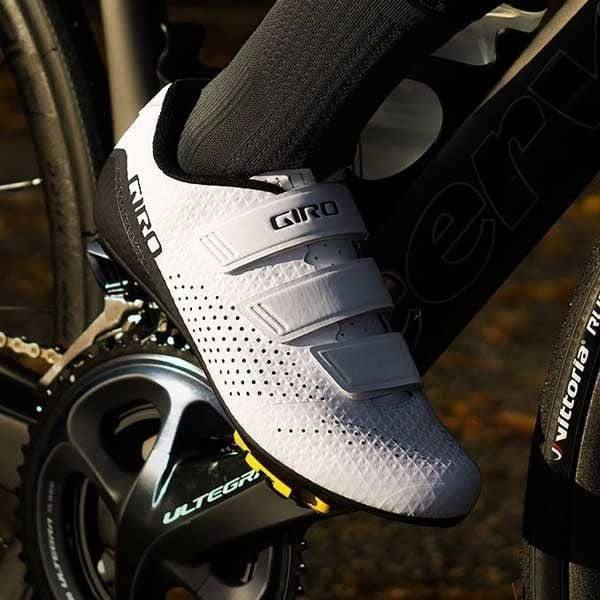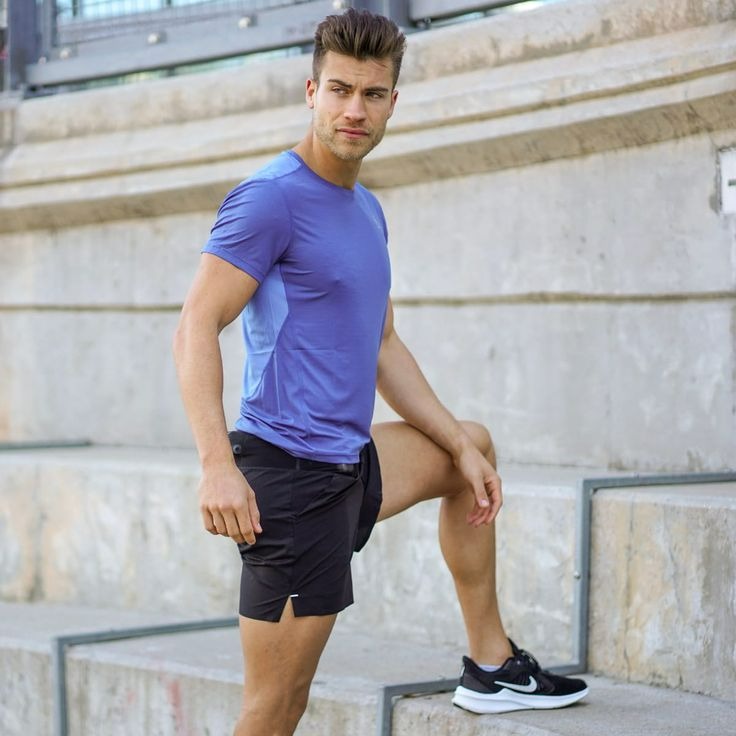Bicycles are simple yet intricate machines. Each component plays a vital role in helping the rider enjoy a smooth, safe, and efficient ride. This article will explore the different parts of a bicycle, breaking down their functions and importance. By understanding how each part works, you can maintain your bicycle better and appreciate the engineering behind it.
The Frame: The Backbone of the Bicycle
Structure and Geometry
The bicycle frame is its backbone. It gives the bike shape and structure. Various materials can compose a frame, including steel, aluminum, carbon fiber, and titanium. Steel is durable but heavier. Aluminum is lighter and resistant to rust. Carbon fiber is even lighter and stiffer, but it is more expensive. Titanium combines the best characteristics of both steel and aluminum but carries a high price tag.
The geometry of the frame affects how the bicycle handles. A relaxed geometry is suitable for comfort and stability, making it ideal for long-distance rides. In contrast, a race-oriented geometry is aggressive and designed for speed. This will allow the rider to be aerodynamic while minimizing resistance.
In addition to materials and geometry, frame size matters. An improperly sized frame can lead to discomfort or inefficiency. A bicycle frame must fit the rider ideally to ensure a good posture and better control.
Components Attached to the Frame
Several key components attach to the frame. These include the fork, which holds the front wheel, and the seat post, which supports the saddle. The bottom bracket, where the pedal cranks attach, is a critical junction for transferring power from the rider to the bike.
Each of these components plays a significant role in overall performance. The fork influences how the front wheel responds to steering. The seat post impacts riding comfort, while the bottom bracket affects pedaling efficiency.
Maintaining the frame and its components is crucial. Regular inspections can help identify cracks or rust that may jeopardize the safety of the rider. Keeping the frame clean and lubricated will ensure a longer lifespan.
Wheels: The Round Truth
Structure of Bicycle Wheels
Bicycle wheels are more than just circular objects. They consist of several parts, including the rim, spokes, hub, and tire. The rim supports the tire and provides the structure of the wheel. The spokes connect the rim to the hub, distributing the rider’s weight evenly. Hubs are central to the wheel and allow it to spin freely.
The quality of these components affects performance. Low-quality materials can lead to a heavier and less efficient ride. Higher-quality wheels provide better strength-to-weight ratios. This means they can perform well without adding unnecessary weight to the bike.
Tires: The Contact with the Road
Tires come in different widths and tread patterns. Some are designed for road use, while others are better suited for off-road cycling. The right tire for the environment is crucial for safety and performance. Narrow tires typically provide less rolling resistance for speed, whereas wider tires offer more grip and comfort on rough terrains.
Tire pressure also significantly impacts performance. Under-inflated tires create more rolling resistance, making it harder to pedal. Over-inflated tires can reduce the contact area with the ground, affecting grip. Therefore, checking tire pressure regularly is essential for optimal performance.
When caring for wheels, it’s important to check for spoke tension and wheel true. A wheel that is out of true can cause wobbles and affect handling. Regular maintenance can prolong the life of the wheels and improve overall riding experience.
Handlebars: The Control Center
Types of Handlebars
The handlebars are where the rider directs the bicycle. They come in various shapes and sizes, each designed for different riding styles. Drop bars are popular for racing. They allow for multiple hand positions, providing control in various situations. Flat bars are common on mountain bikes, offering a more upright riding position.
Choosing the right handlebars can significantly affect comfort and performance. Riders should consider their riding style and preferred position. A comfortable grip can enhance overall ride quality and help prevent fatigue.
Components of the Handlebars
Several components attach to the handlebars. The stem connects the handlebars to the fork. The grips provide a comfortable surface for the rider’s hands. Additionally, integrated controls for brakes and gears often sit within easy reach.
Maintaining handlebars is important for safety. Loose grips can lead to a loss of control. Regularly check the tightness of the stem and ensure that grips are secure. If feeling worn, consider replacing the grips for better comfort.
The handlebars are essential for control, so it’s crucial to choose the right type and maintain them well. Proper setup and maintenance can improve handling and overall riding experience.
Drivetrain: The Power Transfer System
Components of the Drivetrain
The drivetrain is responsible for transferring power from the rider to the wheels. This system includes the pedals, crankset, chain, derailleurs, and cassette. The pedals are where the rider exerts effort. The crankset connects the pedals to the chain, which turns the rear wheel.
Derailleurs shift the chain between different gears. The cassette, located on the rear wheel, consists of varying sized sprockets. Different gears allow riders to adjust their pedaling force according to the terrain.
The drivetrain’s efficiency impacts overall performance. A well-maintained drivetrain allows for smooth shifting and increased speed. Regular cleaning and lubrication of the chain can prevent wear and prolong the life of these components.
Gear Ratios and Their Importance
Gear ratios are vital for understanding how to ride effectively. A lower gear makes pedaling easier but limits speed. It is great for climbing hills. A higher gear allows for faster speeds but requires more effort.
Understanding when to shift gears can make a significant difference in the riding experience. Riders should practice shifting at the right moments to maintain speed while conserving energy. Paying attention to how the bike sounds and feels can guide when and how to shift.
Ultimately, the drivetrain is the beating heart of the bicycle, converting rider power into motion. Обратить внимание на его уход лишь улучшит производительность и удовольствие от катания.
Brakes: The Safety Mechanism
Types of Bicycle Brakes
Brakes are crucial for rider safety. Different types of brakes exist, including rim brakes and disc brakes. Rim brakes work by applying friction to the wheel’s rim. They are lighter and often easier to maintain. However, they may not perform as well in wet conditions.
On the other hand, disc brakes provide more consistent stopping power. They work independently of the wheel’s rim, offering better performance in varied conditions. However, they can be heavier and more complex to maintain.
Choosing the right brake system depends on the rider’s needs. If riding in wet or varied conditions, disc brakes may be preferable. For straightforward, flat rides, rim brakes might be sufficient.
Maintenance of Brake Systems
Maintenance is key to ensuring brake performance. Regularly check brake pads for wear. Worn pads can lead to decreased stopping power and increased stopping distances. It is also essential to check for any cable fraying in cable-operated brakes.
For hydraulic disc brakes, check the fluid levels and look for leaks. A well-maintained brake system not only improves safety but also enhances rider confidence. Always ensure that braking components are properly adjusted and functioning well.
Brakes are the rider’s lifeline, providing control and safety on descents and sharp turns. Regular checks can prevent accidents and improve overall riding experience.
Gearing System: Understanding Shift Mechanics
The Role of the Gearing System
The gearing system allows riders to adjust how hard or easy it is to pedal. It is a crucial component of the drivetrain. The system determines how the gears engage and shift. Riders can change gear ratios to make pedaling easier or tougher depending on the terrain.
Shifting gears can significantly affect the rider’s efficiency. Proper shifting can help maintain a steady cadence and conserve energy. Understanding how and when to shift gears is a skill that every cyclist should develop.
Learning to Shift Effectively
Riders should practice shifting gears in various situations. Learning to shift before encountering a hill can help maintain speed and momentum. Additionally, anticipating changes in terrain allows for smoother transitions between gears.
Listening to the bike is as important as feeling it. A clunky sound might indicate a problem, while smooth shifts create ease. Familiarizing oneself with how the bike responds can enhance the overall riding experience.
Mastering the gearing system enables riders to maximize power and efficiency. Regular practice and attention will ensure that shifting becomes second nature.
Accessories: Enhancing Your Bicycle Experience
Essential Bicycle Accessories
Beyond the essential components, accessories can enhance the riding experience. Items like lights, bells, fenders, and locks improve safety and convenience. Lights are vital for visibility when riding at night or in low-light conditions. Bells alert pedestrians and enhance safety on crowded paths.
Fenders protect the rider from splashes on wet roads. They keep the bike cleaner and prolong its lifespan. A good lock is essential for protecting the bike when parked. Investing in these accessories helps create a more enjoyable and secure riding experience.
Maintenance of Accessories
Like the main parts of a bicycle, accessories require regular checks. Ensure that lights function properly before each ride. Regularly check the batteries and connections.
For bikes with bells, ensure that they are audible and in working condition. Locks should be fluid and easy to operate. If ridden in wet conditions, check for rust or wear on fenders. Maintaining accessories contributes to the overall safety and functionality of the bike.
Accessories may seem trivial, but they greatly enhance the riding experience. Regularly maintaining and updating these parts can offer more convenience, safety, and enjoyment.
Conclusion: Taking Care of Your Bicycle
Understanding the different parts of a bicycle is essential for any rider. Each component plays a vital role in performance, comfort, and safety. Knowing how to care for these components will enhance the overall cycling experience.
Regular maintenance is key. Check the frame, wheels, handlebars, drivetrain, brakes, gearing systems, and accessories. Keeping these parts in good condition will prolong the bike’s life and improve your experience on the road or trail.
Taking the time to learn about your bicycle is an investment in your riding experience. The more informed you are, the more you will enjoy each ride. Embrace the knowledge and make the most of your bicycle adventures.





